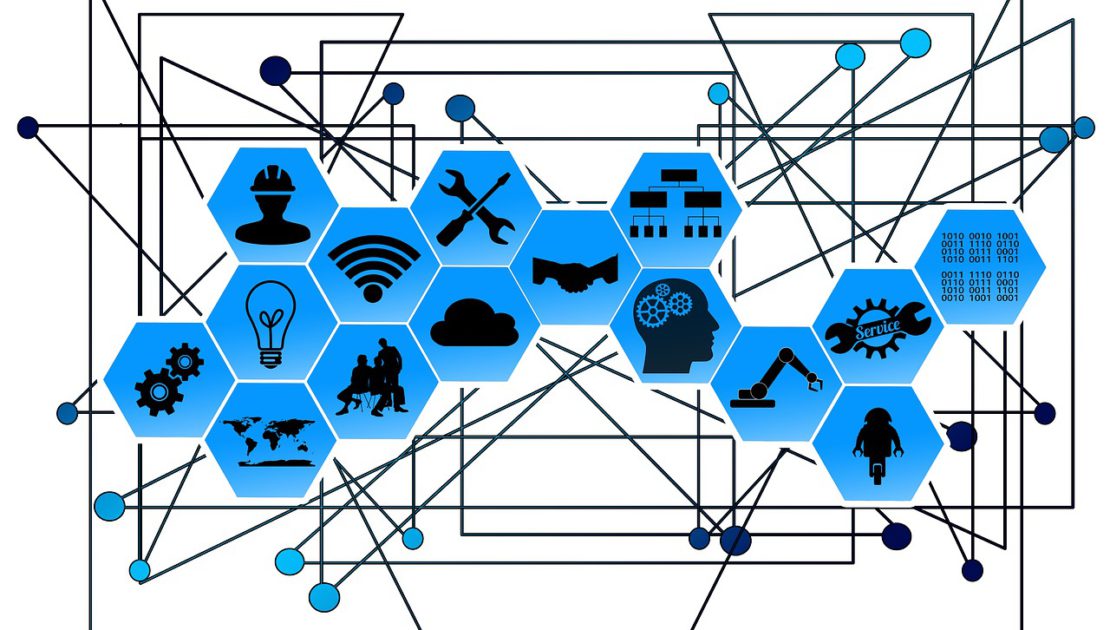Apple, Amazon, Google, and Microsoft are all less than fifty years old. Even so, their revenues dwarf that of IBM, a more than one-hundred-year-old company that was once considered the “King of the Technology Sector.”
How did this occur? These organizations embraced a concept called “The Market of One.” The belief that a company needs to meet the unique needs and desires of an individual person. In the process, they built the necessary technology infrastructure to capture everything about us individually. They then cross-reference that information with millions of others and build robust personas and algorithms that actually help them in predicting our needs and desires for products and services instead of just reacting to our mouse, keyboard, and voice requests of Alexa, Siri, Google Assistant, or Cortana.
Even though they did not call it the creation of a digital twin (as that is a little creepy when you think about it). They have created the hardened robust digital infrastructure necessary and executed on this concept so that these digital systems appear to know what we are looking for before we do.
Now apply similar technology to our manufacturing and supply chain operations and you start having a comprehensive understanding of the potential power of Digital Twin and IIoT in the industrial world. In the wake of the Pandemic, the research and consulting firm of McKinsey & Company published, “From Defense to Offense: Digital B2B Services in the Next Normal”. They found that one of the things that most advanced businesses have in common is their ability to utilize what they refer to as Digital Analytics (DNA) to develop solutions that make their operations not just safer, but stronger.
In the article, McKinsey stated, “Our analysis shows that companies can capture 30 percent revenue growth by implementing new technologies such as augmented and virtual reality and integrating data-based tools through the use of artificial intelligence (AI) and machine learning. . . Although many companies recognize the need to transform, those that do not accelerate the implementation of these digital levers risk being left behind by their competitors who have already taken action.”
Why did it take these four technology giants 30 – 40 years to get where they are? Part of the reason is they had to develop the technology along the way. That is not the case for the industrial sector. Industrial companies need only put the technology to use.

